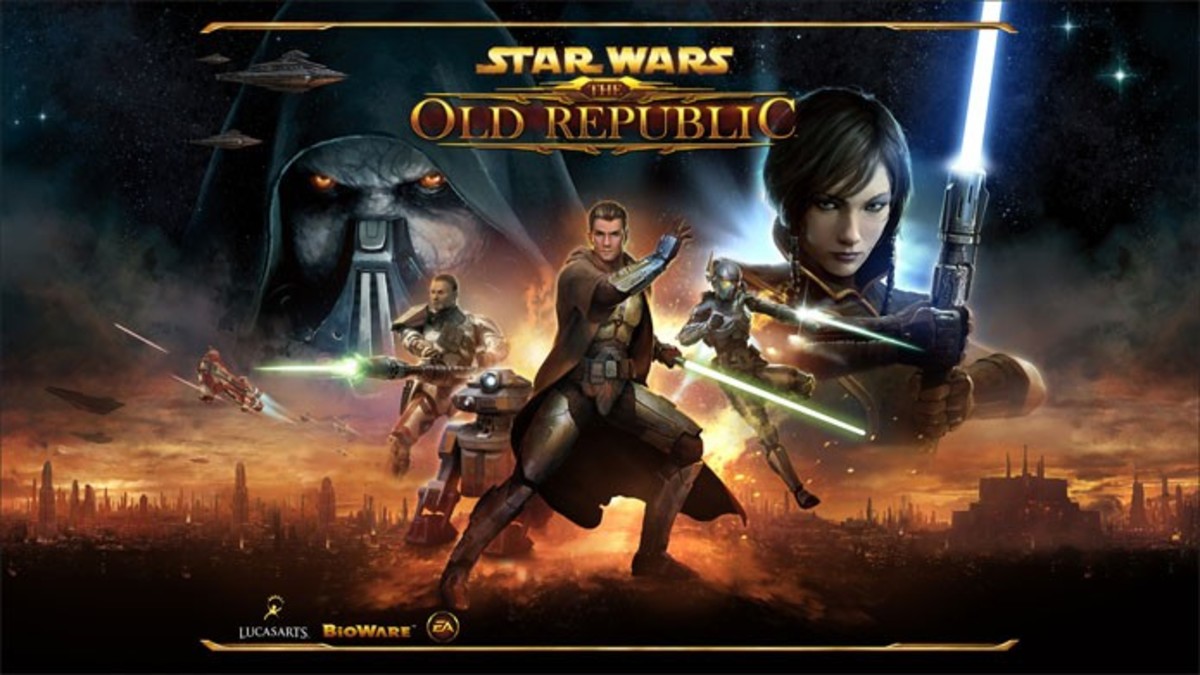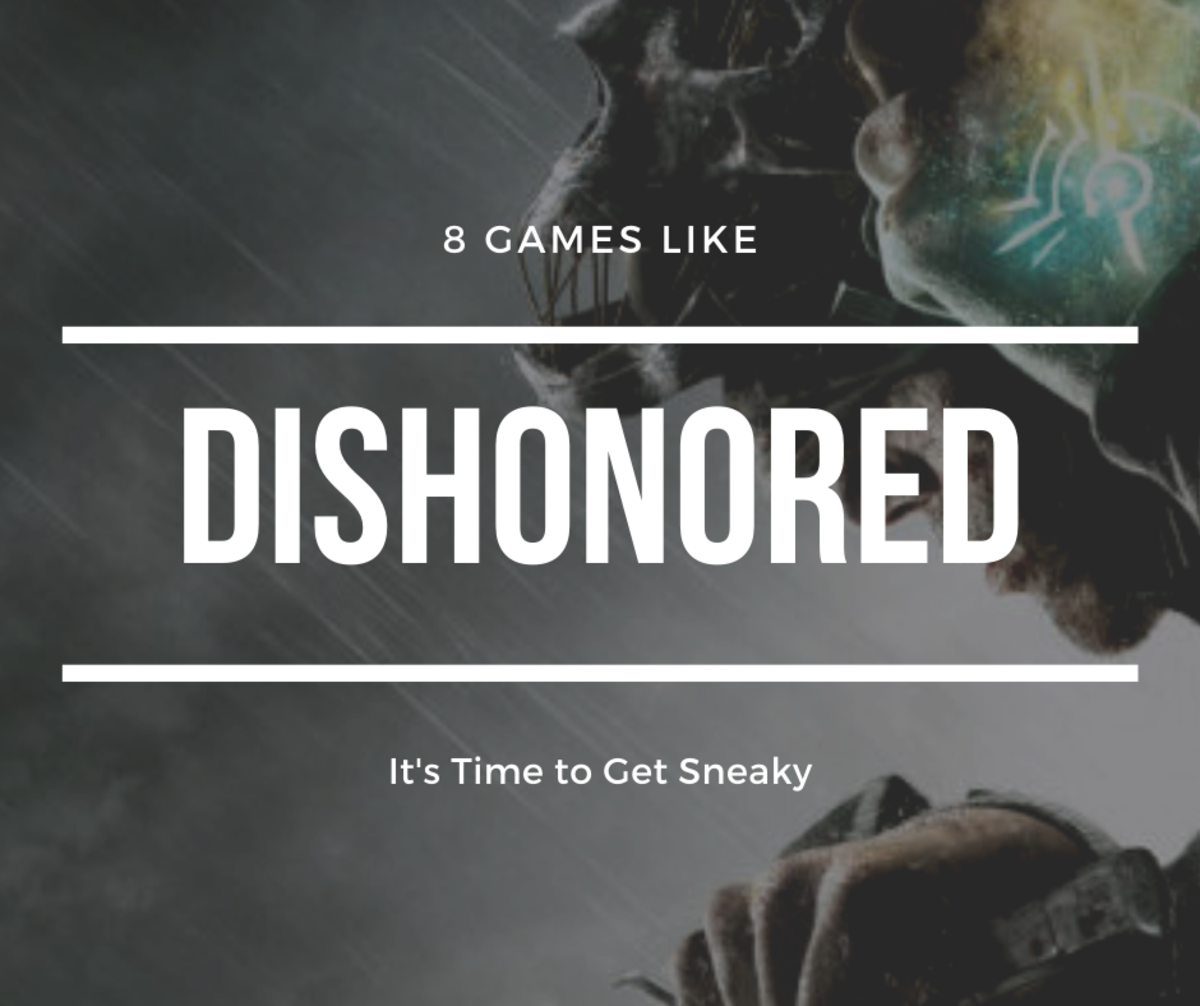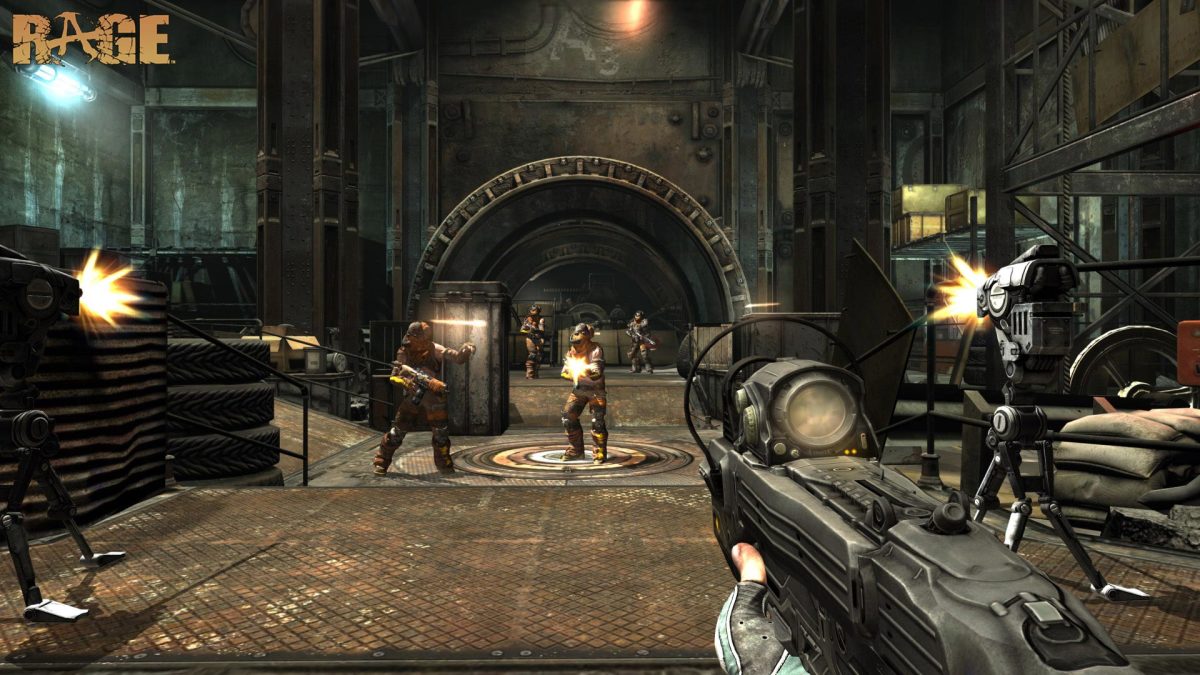Splinter Cell: Blacklist - Review
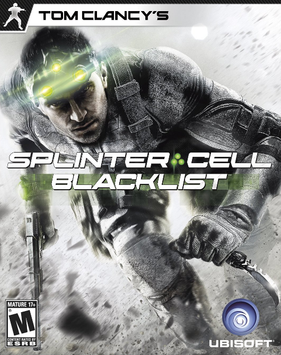
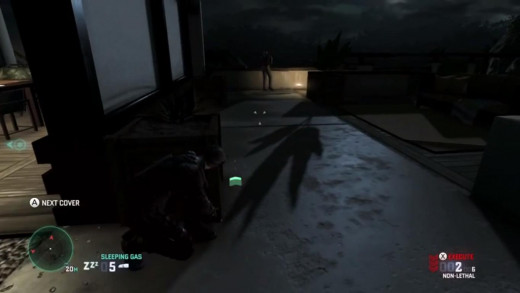
Ice cream is nice. So are jacket potatoes, but you probably wouldn't think of combining the two. Just because two things are equally good doesn't necessarily mean that they'll be doubly so if you force them together. That's the major problem with Splinter Cell: Blacklist.
It's been three years since Sam Fisher's last outing in Splinter Cell: Conviction. Whilst some long-time fans weren't all that keen on Conviction's changes to the classic Splinter Cell template, there's no denying that it made some bold moves. Well, bold by triple-A videogame standards. Whereas the original games were out and out stealth games; po-faced and determined to make you actually be stealthy, Conviction went for a more Jason Bourne, "wronged man on a mission" kind of stealth. Blacklist however, seems to flounder in the middle, it takes some of Conviction's sneaky action, and some of Chaos Theory's hardcore stealth, and manages to dilute both.
Sam Fisher is now a member of Fourth Echelon and after a group of terrorists initiate a programme called "Blacklist", he and a team are sent to track down the perpetrators. All in all it's a typical Tom Clancy right-wing plot, chock full of stereotypes. Behind all the serious-sounding techno-babble it's as daft as hell, but enjoyable nevertheless. The voice acting is commendable too. Whilst Michael Ironside has unfortunately made a departure as Fisher, newcomer Eric Johnson plays the character well and the exchanges between the main cast feel remarkably natural.
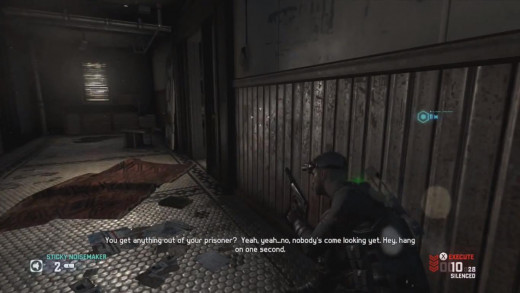
Wii U Version
Unsurprisingly, the Wii U version comes with some interesting additions thanks to the gamepad. Sneaking a camera under a door or operating the tri-rotor gadget switches to the pad's screen. It's a nice bit of immersion and selecting gadgets from it saves accessing the weapon wheel.
However, because of the pad's size, and the quick reactions you need, it might be more comfortable to simply use the Wii U Pro controller for this game.
Taking a hint from Mass Effect, the game features a hub aboard the plane Paladin, where Fisher returns following each mission. It's disappointing though, that, after going to the trouble of creating a detailed area that you return to between missions, the place is pretty much devoid of things to interact with, and your crewmates are only capable of spitting out one or two lines of unique dialogue, rendering the whole thing pretty shallow.
Splinter Cell's core gameplay isn't the only thing suffering from an identity crisis. In effort to provide context to the game's multiplayer, Ubisoft have effectively merged the "Spies versus Mercs" content with the single player campaign. Both are now accessed through the Paladin's computer system, and any money you earn can either be spent on upgrading Fisher or upgrading your characters for online play. Once again, rather than allow both modes to shine, Ubisoft have decided to cram both modes together, giving neither the appropriate breathing space. The optional missions that you can play through are nothing more than multiplayer maps and horde modes, making playing through them alone incredibly frustrating, not least because some ways to carry out certain missions are locked-off if you go it alone, requiring two players to access. Rather than simply leave them as multiplayer-only content, Ubisoft have instead dressed them up as single player optional missions but then handicapped solo-attempts.
Similarly, some of the single player missions are ruined because the game can't decide whether it wants you to be run-and-gunning, or sneaking in the shadows. You're unlikely to have enough money to kit Sam out with both offensive and stealth gear, and even if you are there's very little indication whether each missions is going to be stealth-based or not. This will typically leave you floundering in the middle, between stealth and survival, or worse yet, being geared up for stealth when the game insists that you go in guns blazing. By far the most annoying game design element is that later enemies wear heavy armour, making them immune to practically all of your gadgets. This is a pretty poor design choice; giving the player plenty of fun toys to work with and then sticking in enemies that simply ignore all of them. It's as if a lot of the ideas were rushed and simply not thought through well enough.
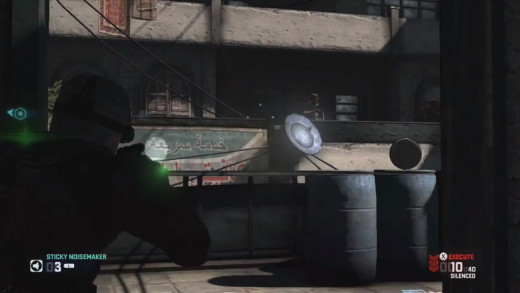

Admittedly some of the missions have some interesting elements, and borrow a lot more from the Chaos Theory school of design than Conviction. Sneaking across a London dock in the pouring rain is suitably atmospheric, and breaking into a guys house to extract a potential culprit is another stand out moment. However, it all seems rather humdrum in a post-Assassin's Creed world. Speaking of Ubisoft's other stealth game, platforming plays a bigger role in this title, and while in some sections it's used to great effect, such as dodging a bunch of security lasers, it can feel rather twitchy and imprecise.
The multiplayer remains the same as it always has been. While it was fresh and original when introduced in Pandora Tomorrow, we're in a very different place than we were in 2004, and multiplayer games have changed substantially. There's a hint, given the way that the Spies versus Mercs content is presented, that the multiplayer was the main focus of this Splinter Cell instalment. It would explain why the single player comes across as so half-hearted at times.
Rather than a confident addition to the series, Splinter Cell: Blacklist is awkward, bloated and suffering from an identity crisis. Ubisoft's attempt to simply stuff the game with everything it could think of makes the same mistake that Visceral Games did with Dead Space 3. Sometimes bigger isn't necessarily better, and in Splinter Cell's case, it needs to trim some of the fat and find out exactly what audience it wants to appeal to.
Splinter Cell: Blacklist was released, in the UK, on August 23rd for 360, PS3, Wii U and PC.
This review is based on the Wii U version.
© 2013 LudoLogic



